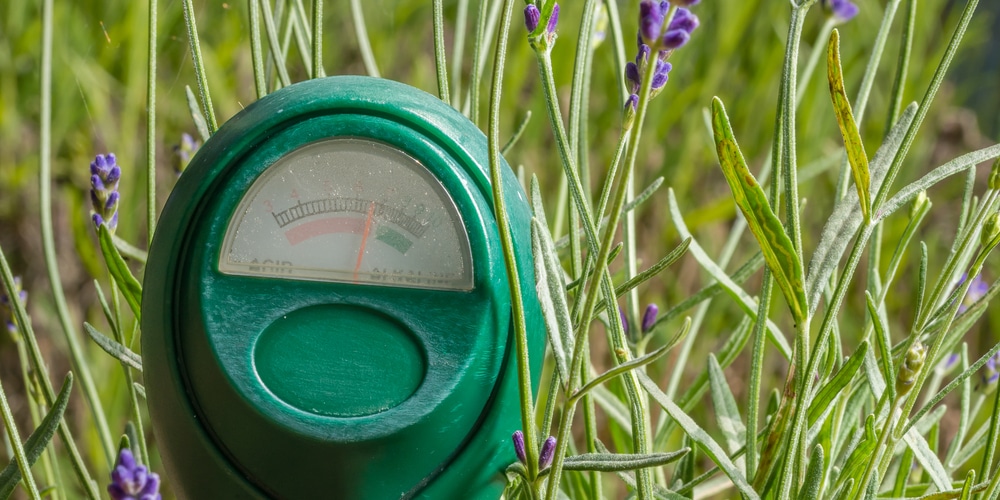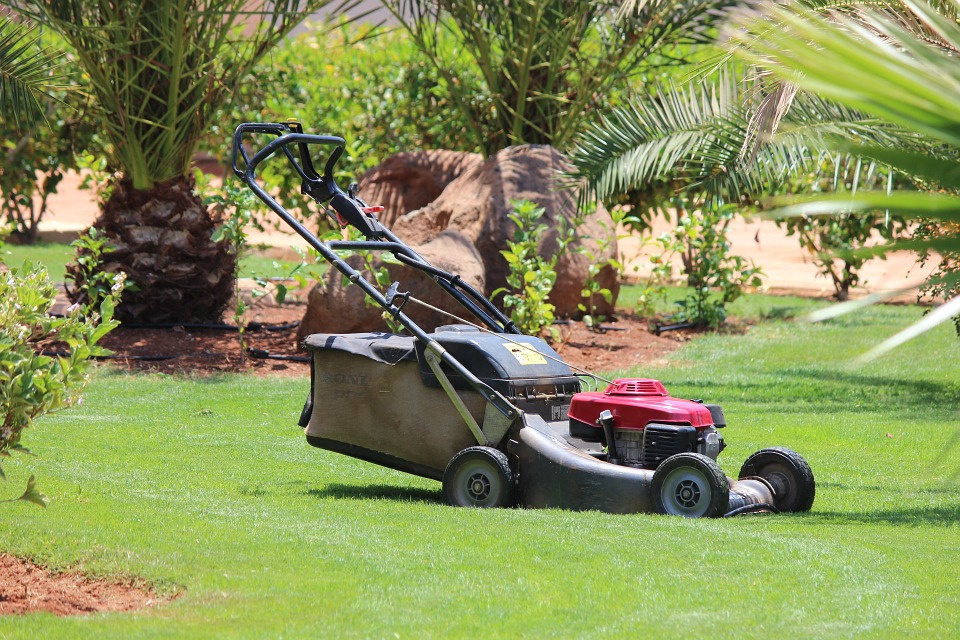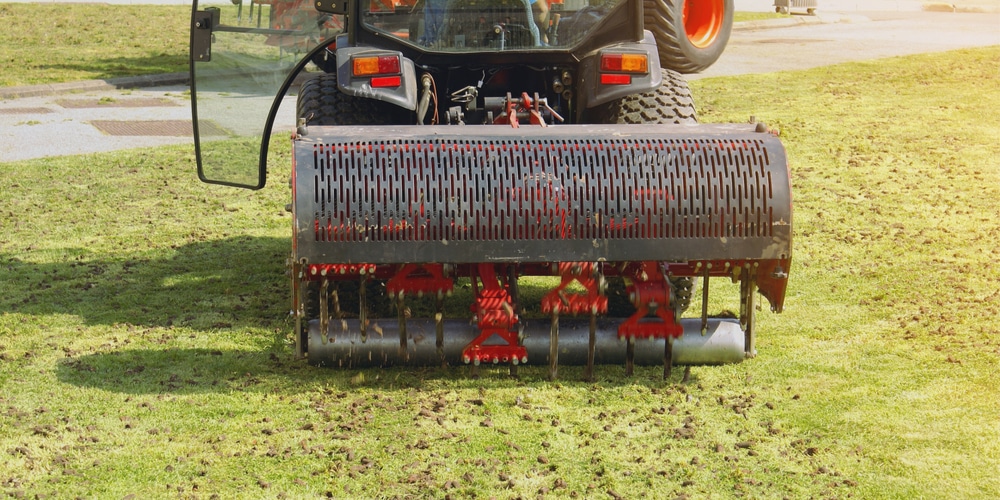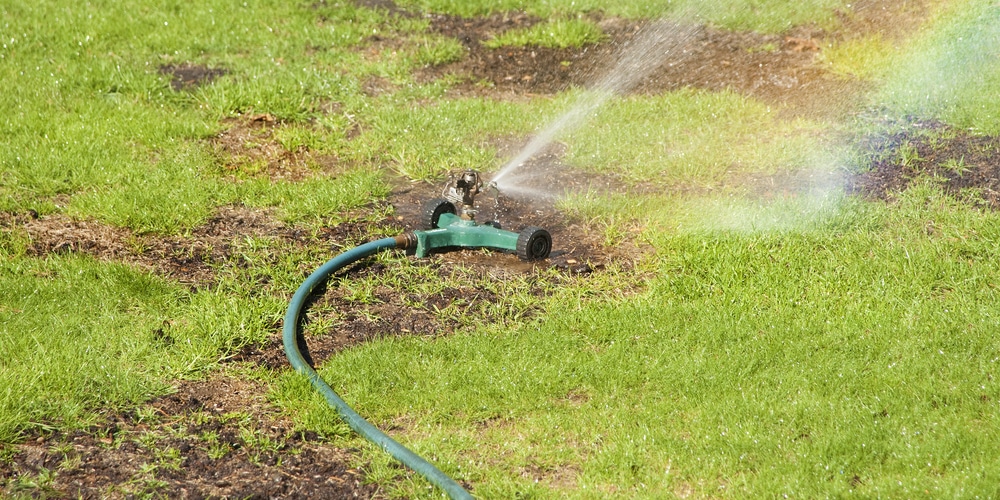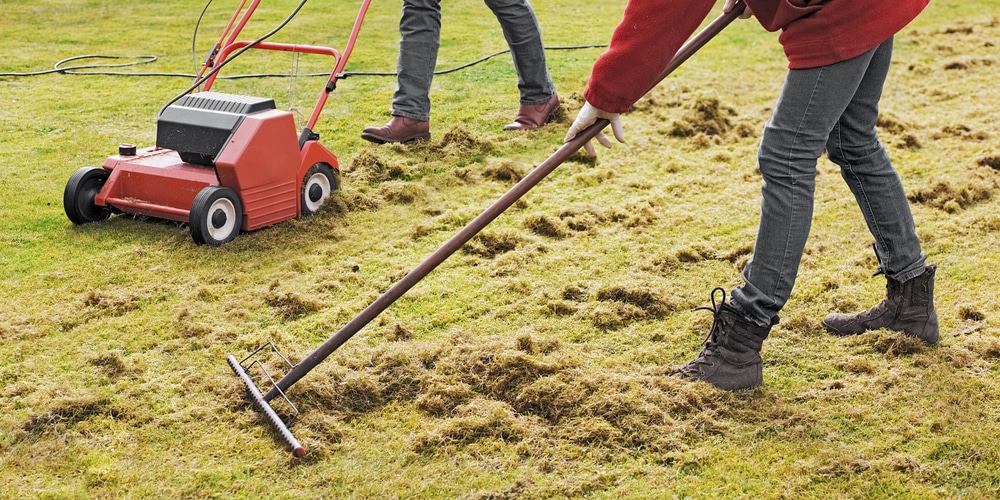Saint Augustine grass is one of the most common warm-season grasses grown across the states. It looks beautiful and is soft and plush. It’s best to plant St. Augustine grass in the early spring, but first, you’ll need to prepare the ground so that your grass will grow and spread quickly. Let’s look at how to establish a St Augustine lawn.
Is St Augustine grass right for your climate?
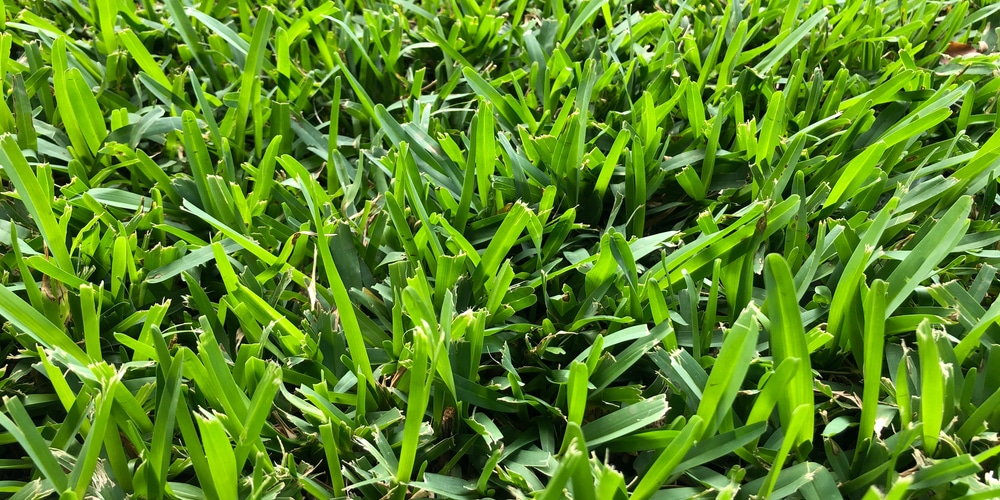
St Augustine Grass does not do well in extreme conditions, it needs mild temperatures to grow well, and if your area is very hot or cold, you should look at alternative types of grasses.
Choose cool-season varieties of grass such as fescue or ryegrass for areas that get a lot of snow in the winter. If you live in an area with scorching summers and the likelihood of drought, you can grow warm-season grass such as Bermuda, St Augustine, Zoysia, or Centipede grass.
How to Make St Augustine Grass Spread Quickly
There are many ways of helping St Augustine grass grow healthily and spread quickly so that your lawn looks green and healthy. Whether you’re growing a new lawn from scratch or overseeding an existing lawn, it’s important the grass has the right conditions if it’s to thrive.
Apply a starter fertilizer before planting if you’re growing a new lawn and want to give your St. Augustine grass some added nutrients. This will encourage the seeds to grow quickly and start spreading out across the soil instead of just sitting on top of it. When you spread the seeds, scatter them evenly over the ground.
Here are some tips on how you can make sure the earth is healthy so that your lawn has a perfect St Augustine Grass to make it look great.
1. Improve the quality of the soil
The first thing you need to do is to improve your soil condition. The best way to do this is to perform a soil test. Soil tests can be purchased from garden centers or hardware stores and will allow you to check for any vitamin deficiencies in the soil and test the pH range. You’ll then be able to add soil amendments such as magnesium, lime, or sulfur to improve the quality of the soil. By improving the soil, you are making sure that the grass has all the nutrients it needs to stay alive and healthy.
2. Fertilize your grass
Make sure you use enough fertilizer because this grass has a high requirement for nitrogen levels, phosphorus, and potassium. There are many organic and chemical-based fertilizers on the market that can help the grass grow well. It’s recommended that you fertilize your lawn at least twice annually, once in the early spring at the beginning of the growing season and again in the early fall.
3. Weed Control
Control the weeds that are growing amongst the grass because they will compete for resources leading to stunted growth or even death. You can use a weed and seed product that will stop broad leaves weeds from germinating and growing grass at the same time or a herbicide. There are two types of herbicides available; those that kill mature weeds and products that stop weed seeds from germinating. Alternatively, you can use organic products or pull weeds out by hand. Here are some great weed killers for St Augustine.
4. Mow your lawn
To make the grass spread more quickly, you need to mow it regularly. After seeding your yard, wait between two to four weeks before cutting the grass. This will give the grass seedlings time to grow deep roots and establish themselves well. You can then regularly cut your grass throughout the growing season to keep it healthy.
5. Aerate your lawn
Using an aerator tool on your lawn once in a while is helpful as it removes plugs of dirt from your soil, leaving small holes which provide oxygen to the roots of your grass. This will help to improve the health of your lawn. A good top dressing can help your St. Augustine after this step as well.
6. Water your lawn
If you live in a dry area and there hasn’t been much rainfall during the summer months, you can water your lawn to help it maintain its health. Grass needs water in order to absorb nutrients from the soil. Although St Augustine is fairly drought resistant, it will die if there’s a drought for a long period of time.
Ideally, you should water your lawn once a week during the hot summer months. However, this will depend on how hot it is where you live and whether your soil soaks up most of the water or if it runs off quickly.
When you water your grass, make sure you avoid watering in the wind as the wind can carry away moisture, leaving the roots of the grass without enough to drink. If you are watering your lawn immediately before a heavy rainfall, make sure you turn off the water, so it does not get washed away with the rain.
7. Dethatch your lawn
You need to remove the thatch layer off the lawn if it is over 1/2 inch thick. The thatch can become a haven for insects and fungi, making your lawn unhealthy. If you wait too long, the thatch layer will suffocate your grass, causing it to die. You can use a dethatching machine on the lawn or do it manually with a garden rake.
8. Winterize your St Augustine grass
During late fall, you should stop fertilizing your St Augustine grass and reduce how much water it receives. When the ground begins to freeze, your grass will stop growing and go dormant until it starts to warm up in the spring. If you live in an area that gets consistent snowfall, you should leave some of it on top of your grass as this will act as insulation against the cold winter air. This helps prevent damage from frost heaving, which occurs when the ground freezes and thaws, just under the grass. When it freezes and thaws, it can pull up chunks of your lawn and leave unsightly holes.
Conclusion: How to Make St Augustine Grass Spread Quicker
If you are willing to put in the effort, St Augustine grass is definitely worth growing. When the above methods are done properly, there is no reason why the grass will not grow well and spread at a faster rate. It will take you some time to grow this type of grass because it has certain requirements that should be met before it can flourish well.
If your lawn is shot, here’s how to revive St Augustine grass.
Related: Bermuda vs. St Augustine Grass
